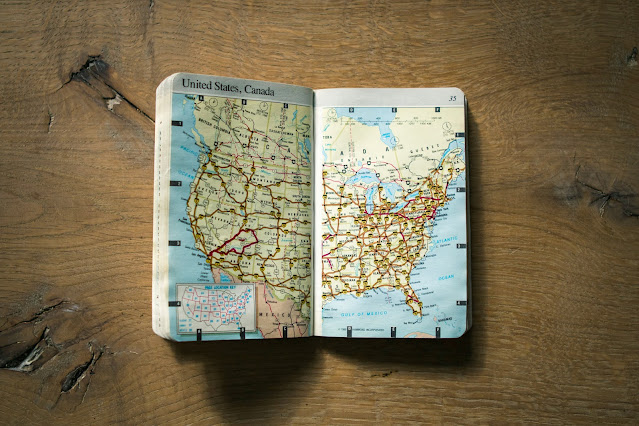In Utah's vast expanse, possessing a dependable map is essential for explorers keen on discovering its natural wonders. Whether you're gearing up for a scenic road trip, setting out on a hiking adventure, or visiting the renowned national parks, mastering map navigation can significantly enrich your experience. This blog post will delve into the different map types and their roles in facilitating your exploration with efficiency and ease.
Why a Map is Essential for Explorers
A Utah map transcends its basic navigational utility, serving as a vital asset for those wishing to immerse themselves in the state's varied landscapes. Such detailed maps offer a window into the nuances of the terrain, highlight points of interest, outline trail networks, and map out essential infrastructure, including roads, visitor centers, and lodging options.
Types of Maps for Every Adventure
● Road Maps: For those hitting the highways, a detailed road map is indispensable. It shows major interstates, highways, and roads, which are crucial for planning long drives, especially in remote areas. These maps often highlight scenic routes, such as the journey through Monument Valley or the expansive views along the Mirror Lake Highway.
● Topographical Maps: Hikers and backpackers will find topographical maps particularly useful. These maps detail elevation changes and terrain features, which are essential for planning more challenging treks in areas like the High Uintas or the canyons of Zion National Park. Topographical maps are available through various hiking apps and at park ranger stations.
● Interactive Digital Maps: With the rise of smartphones, interactive digital maps have become invaluable. They offer real-time updates and can integrate layers of information including weather conditions, trail closures, and even wildlife sightings. Apps specifically designed for outdoor activities can enhance your experience with GPS coordinates and route planning features.
● Specialized Activity Maps: For specific activities like mountain biking, rock climbing, or skiing, specialized maps are available that highlight trails, routes, and facility locations. These maps are tailored to provide the necessary details for specific sports and can often be found at local gear shops or through online communities.
Navigating with a Map
● Planning Your Route: Start by identifying the key areas you want to visit. Use your map to determine the best routes, noting any interesting stops along the way. Check for road conditions or trail updates, especially in areas that may be affected by seasonal closures or maintenance.
● Understanding Map Symbols: Familiarize yourself with the symbols and scales used on your chosen map. This knowledge will help you estimate travel times, recognize important landmarks, and understand the types of terrain you will encounter.
● Safety Precautions: Always have a backup plan. While digital maps are incredibly helpful, carrying a physical map is wise, especially in areas with unreliable cell service. Ensure your map covers the broader area you're exploring in case you need to find alternative routes.
Enhancing Your Adventure
● Educational Opportunities: Use your map to identify historical sites, geological formations, or cultural centers. Many maps highlight these points of interest, offering a chance to learn more about rich heritage and natural history.
● Wildlife Watching: Maps can also help you identify areas known for wildlife. Whether you're interested in spotting bison on Antelope Island or observing bighorn sheep in Canyonlands, a good map can guide you to the best viewing spots.
● Photography Spots: For photography enthusiasts, maps can help pinpoint the most scenic locations. Sunrise at Mesa Arch or sunset at Delicate Arch are popular, but your map might reveal less-known spots that are just as breathtaking.
Conclusion
Whether you're an experienced explorer or embarking on your first journey, a map serves as your key to unlocking the wonders of this diverse state. It guides you along backroads and through remote wilderness, proving to be more than a mere tool—it becomes your trusted companion as you navigate through vast expanses in search of your own path.

